When Lviv’s Lenin statue was toppled in 1990, fragments of Jewish tombstones were discovered in the foundation. This came as no surprise—it was a known fact that Nazi and Soviet authorities not only destroyed Lviv’s Jewish cemeteries, but also used the stone to pave the city.
Lviv had two Jewish cemeteries: an ancient cemetery on Rappaporta Street (one of eastern Europe’s oldest, first mentioned in 1414), and a new cemetery near Yanovska (Janowska) Street (established in 1855).
Lviv’s ancient Jewish cemetery was destroyed first during the Nazi occupation and then entirely by the Soviet authorities, who in 1947 built a bazaar on top of it. The bazaar still functions today. The ancient tombstones were used to pave the city’s streets and for the construction of retaining walls.
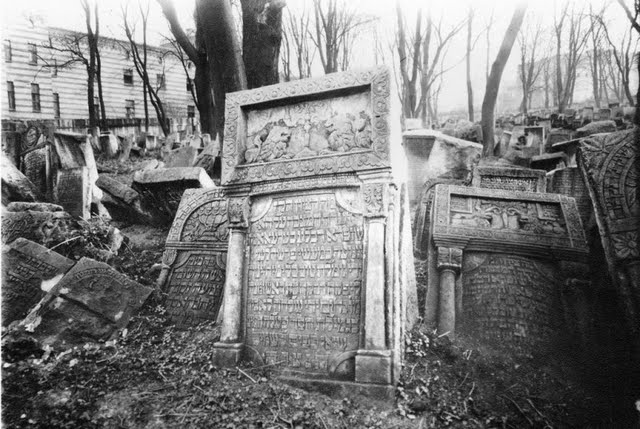
Today on one small section of the former cemetery lie broken pieces of headstones. They are found in the courtyard of the old Jewish hospital. Years ago the city authorities confiscated the fragments from a man who was planning to use them for a sidewalk and returned them to the cemetery. For now they just lie there, as there is still no agreement as to what to do with them and the territory.
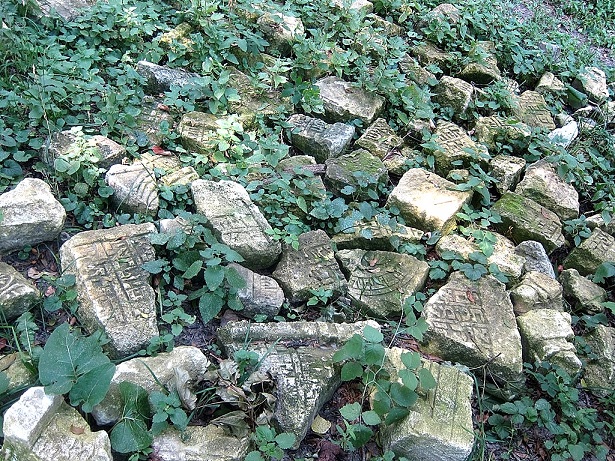

In the old Jewish district, one can see Hebrew engraved in the stone pavement of Arsenalna Square, the site of the Great City Synagogue (built 1801-4, destroyed by the Nazis in 1941). These are fragments of nineteenth-century tombstones from the Yanovsky cemetery. Today, a cafe’s summer terrace sits on the square, the inscriptions lost and forgotten underneath.
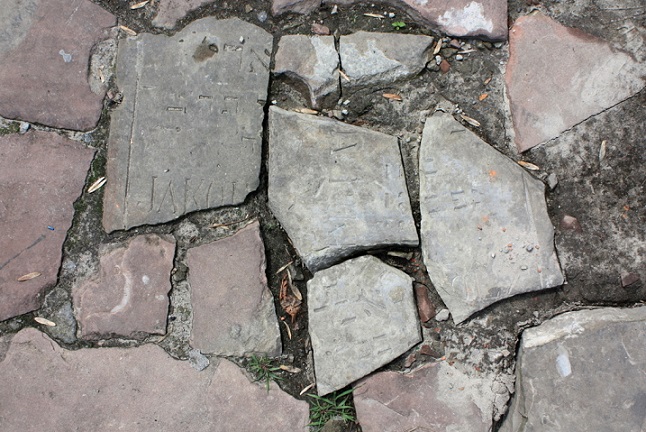
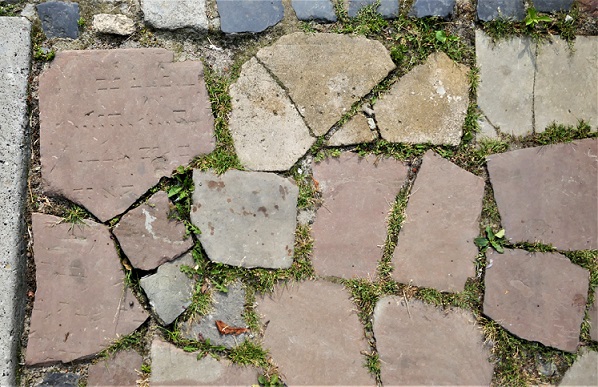

In the summer of 2017, when Barvinok Street was opened for maintenance work, several Jewish headstones were uncovered. According to neighbors, it was not the first time—whenever there are road repairs, tombstones appear. The vicinity was a residential area of high ranking German police and SS officers during the German occupation and the streets were paved with Jewish tombstones by prisoners of the Yanovska concentration camp. Fortunately, thanks to the Lviv Volunteer Center of the All-Ukrainian Jewish Charitable Foundation “Hesed-Arieh” they were gathered and returned to Lviv’s Yanovsky Jewish cemetery.
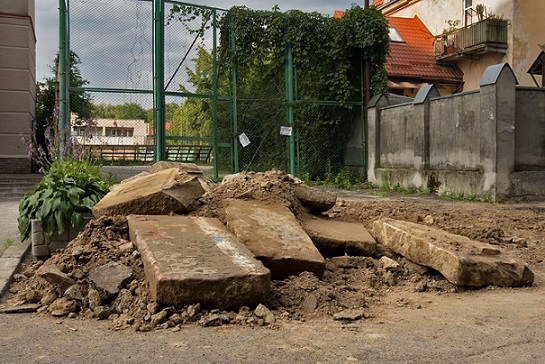
Later in the summer of 2017, a photograph of stairs made from Jewish gravestones found in a courtyard in the center of Lviv was circulating on Facebook. These are also from Yanovsky cemetery.
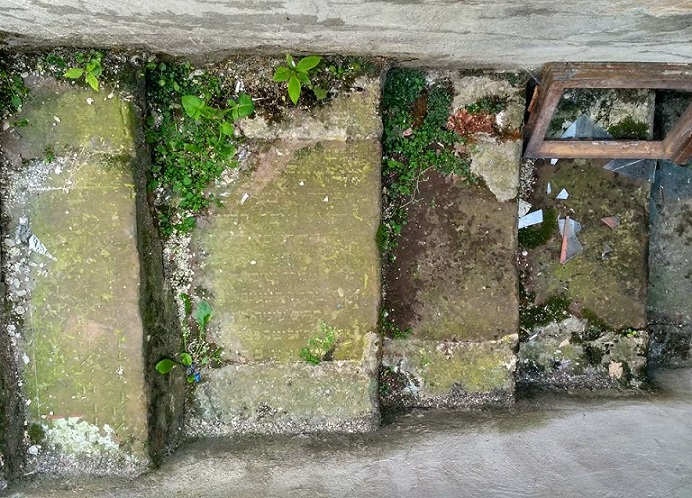
Tombstones were also used to cover the Lontsky Prison yards (1 Bandery Street). Although this was a known for years, the tombstones from the small prison yard were uncovered only in the summer of 2020.
The building at 1 Bandery Street was used as an NKVD prison from 1939 to 1941 and then as a Gestapo detention center from 1941 to 1944. After WWII until the fall of the Soviet Union, an NKVD investigative department and pre-trial detention center operated here.
It is believed these stones were also from the Yanovsky cemetery. Once they are studied, they will be either displayed as part of the Lontsky Prison Museum or returned to the cemetery.
***
As we walk around Lviv, under our feet lie traces of some of the darkest pages of the region’s history. Jewish tombstones are probably in many more places around the city that we still don’t know about. And this phenomenon was not limited to Lviv—around Galicia Jewish headstones were used by the Nazis and Soviets to pave roads, parking lots, and paths. It’s a somber thought, but fortunately, there are organizations today that are working to recover and preserve Jewish heritage and history.
By Areta Kovalska
Originally published Aug. 28, 2017, updated Sept. 2020


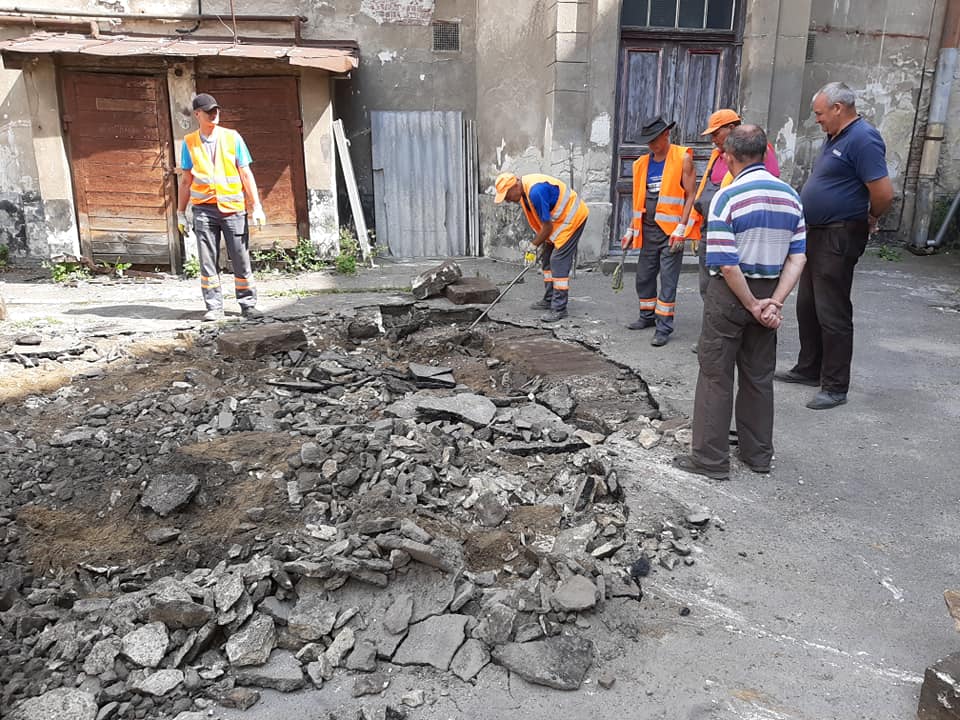
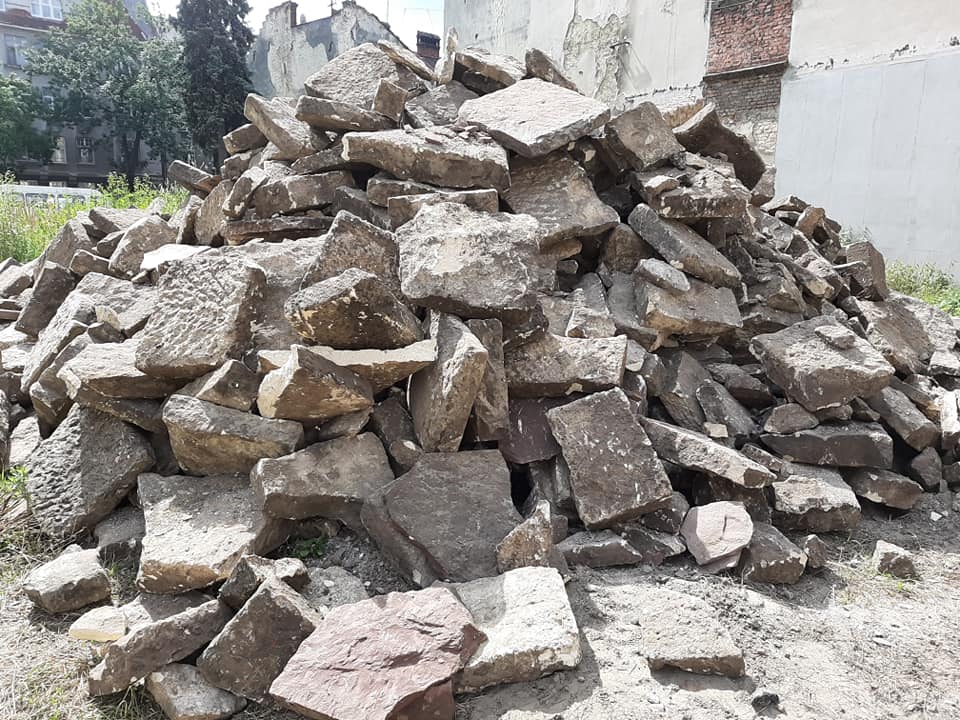

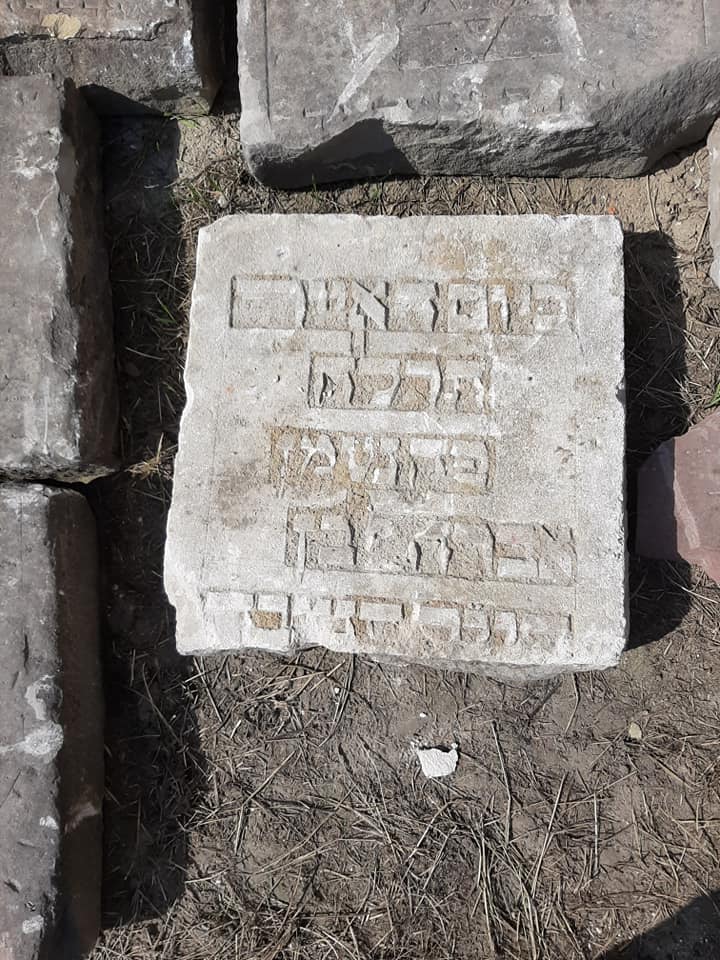
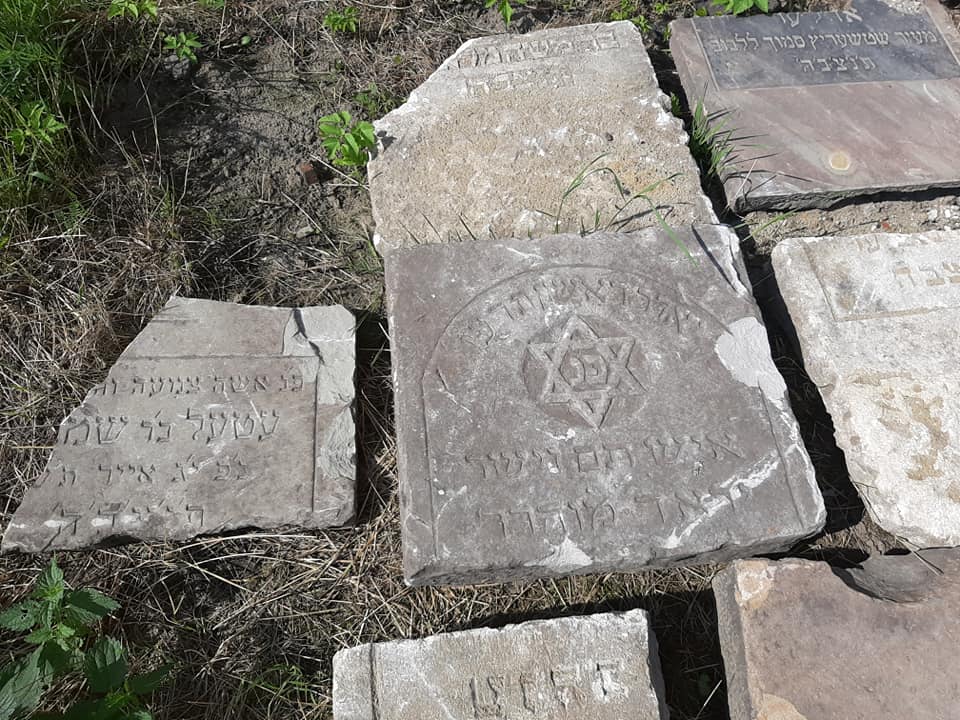
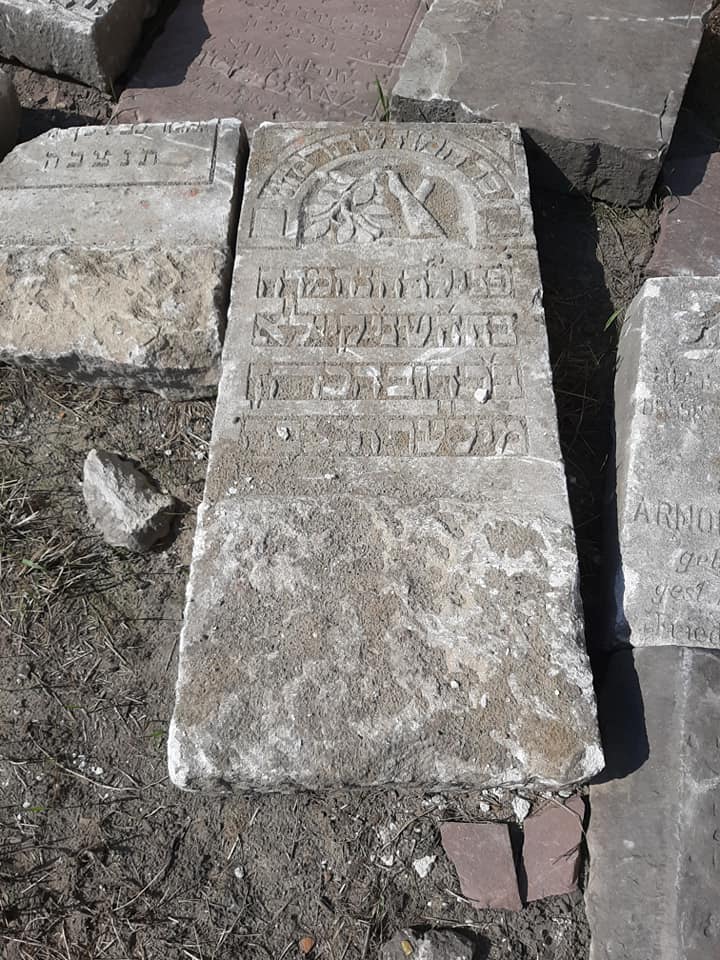




[…] category. The less obvious are just as numerous, from the remains of old painted shop-signs to fragments of Jewish tombstones in pavements and even old locks on roller-shutters. The history of neighbouring Przemyśl – […]
My address is Vinetsky Ziggy PO Box 54 Kiryat Gat Israel
Father Powell Weinstock 1919 Lived in Lvov where his father was David Wolf Ella nee Frenkel his brother Gustav his sister Martha his father was a merchant if there were any relatives left.